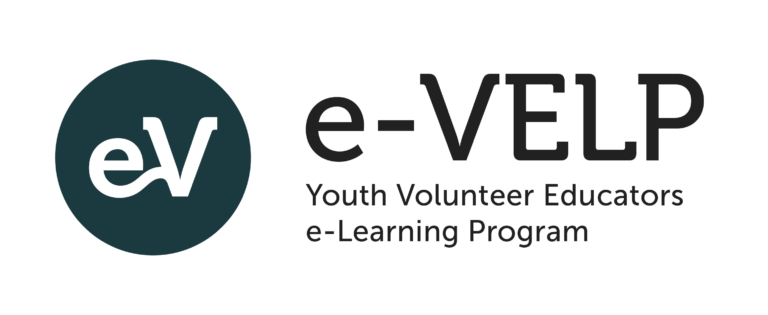Unit B.1.3 Skills and knowledge that help to become more self-directed learner
Skills and knowledge that help indicate
Specifics of self-directed learning
Specifics of self-directed learning
Specifics of self-directed learning
Self-directed learning is not chaotic; it comprised of some steps. The following two videos will help you to understand what self-directed learning looks like.
Video 1:
Video 2:
Answer to below questions in your personal notebook  .
.
1.What would be the main steps of self-directed learning?
2.Have you ever learned in these steps? If yes, when and how?
3.What would be the most easy and most difficult parts in self-directed learning? Why do you think so?
1.What main similarities do you see in the steps that were explained in the videos and the steps in these two pictures?
2.And what main differences do you see in the steps that we explained in the videos and in the steps in these two pictures?
As you saw, some aspects in all three models are a little different, but in reality they all mention the same 5 steps that we should follow in self-directed learning:
1.Set your learning goal. Knowing your needs and interests helps you to set a goal because it would help you to know what is important for you “right here, right now”.
2.Make a plan with steps you will follow to reach your goal. In your plan you should already add resources you will use, support/help you will need from others, as well as plan the time you will need for each step. Here you should aslo not forget your learning styles.
3.Learn following your plan and from time to time stop to look at the plan and reflect how it is going, i.e. constantly reflect on and monitor the situation. During the learning process, you should actively use your learning support and also ask for additional help from others even though you have not planned in step 2.
4.Show the results you have reached to others.
5.Reflect/self-assess the entire process and the results you have achieved.
In this course we invite you to experience self-directed learning, to go through all the mentioned 5 steps and become a more self-directed learner.
In order to do this, there are very important aspects you should keep in mind:
a)Take it one step at a time: do not mix the steps of self-directed learning. The sequence of the steps is very important. Also, it is important to follow 5 steps; otherwise you might not become a stronger self-directed learner.
b)Plan your time to follow all 5 steps, do not rush with activities.
c)Do not forget your learning support, i.e. contact VE-trainer or other learners on E-Velp platform, talk to them, ask for advice and resources – it will motivate you to learn.
d)If you feel stressed or bored when you learn, talk with other learners, share with them your experience, ask advice for advice.

pexels.com
So, let’s start with the first step:
Set the learning goal you would like to reach in 5 days starting from next week.
In order to do this, we will use a method called the Eisenhower Matrix. Click on the element below to read more about the Eisenhower Matrix.
What you need to do? (go step-by-step)


1.Take some paper and pencil and write down everything you would like to learn during one month. Write down as many things as you can think of – these could also be funny, crazy things.Keep in mind that these should be things you would like to learn during one month! Take all the time to write down all your ideas, spending at least 20 minutes on this, and try to come up with at least 6-7 items.

2.Now you need to choose just one learning goal that you will reach not during one month, but 5 days from now. How to make such a choice? This is where you will apply the Eisenhower Matrix.
The Eisenhower Matrix is a tool that helps to decide and prioritize our activities by thinking how the activity is urgent and important. These two words are core elements of the Matrix. Here you can see more information on Eisenhower Matrix.
Here you can see more information on Eisenhower Matrix:
Video 1:
Video 2:
Video 3:
How would you explain to a friend what the Eisenhower Matrix is and how it should be used?
Write your answer in your personal notebook. 
As you saw in the videos, the Eisenhower matrix is used for planning and managing tasks, for prioritizing urgent and important tasks/activities and delegating less urgent and important ones. So, one key aspect to keep in mind here is how IMPORTANT and how URGENT something is. As D. Eisenhower (1954) said:
What is important is seldom urgent and what is urgent is seldom important
However, this tool can be used not only for planning your work or home tasks and activities, but also for planning your learning. So, you already have a list of things you would like to do in one month.
Now you need to draw the Eisenhower Matrix and put each of the learning goals you wrote into one of the four squares.
Go through your list one by one and ask yourself:
– Is this learning goal important-urgent?
– Important-not urgent?
– Urgent-not important? Not important-not urgent?
And put each learning goal in the square. One learning goal can be written only in one square, i.e. one goal cannot be in two different squares.


Now look at what each square means:

Created by Vilnius University
The idea is that you should take ONE LEARNING GOAL from the GREEN SQUARE. The grey square is the one where your learning goals should be eliminated – this is, you can forget about them for now, since they are not your are of focus. If you have learning goals in the red square, you should really ask yourself, whether this really is something you need to learn The learning goals in the blue square, one the other hand, should be met not now, but in a month.
What if you are trying to fill out the Eisenhower Matrix, but you do not have any learning goals in the green square?

If you do not have any goals in the green square, then look at the goals you have in the blue square and ask yourself again – Can this learning goal be reached any faster than in a month? If it can be reached faster, then you should put it in the green square.
And what should you do if you have few learning goals in the green square? Then you need to choose one. To make a choice, you can prioritize by taking a learning goal and applying one word:
MUST
SHOULD
COULD
THE MUST WORD SHOWS WHAT IS YOUR LEARNING GOAL.
If you are still not sure about your learning goals after seeing all four meaning in the last picture, you can reorganize them and place them in different squares – but be careful not to make to many changes! And if you are completely lost – contact your VE-Trainer and talk to him/her.
Mark in your Eisenhower Matrix which learning goal you have chosen.
Then answer below questions in your personal notebook .
.
1.What did I like in this unit?
2.How satisfied I am with my learning goal?
If you have further questions about filling your Eisenhower Matrix, post your questions in Eisenhower matrix forum.



